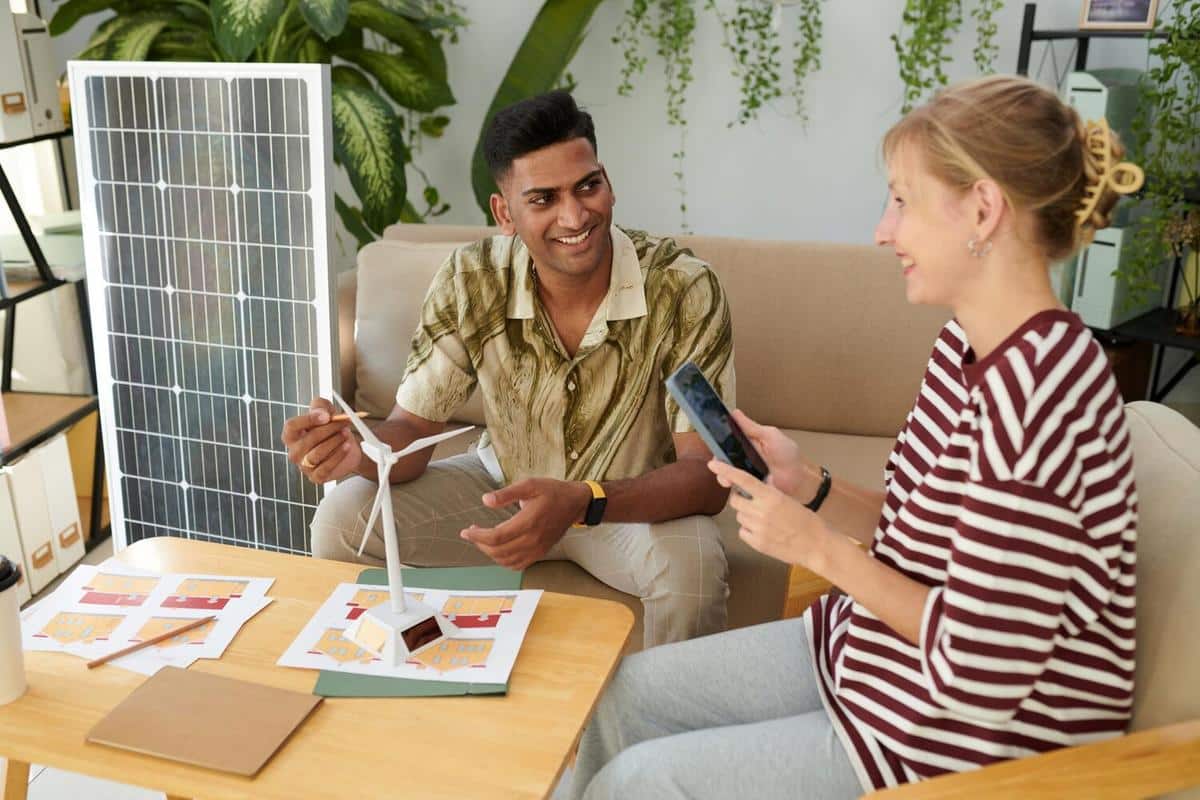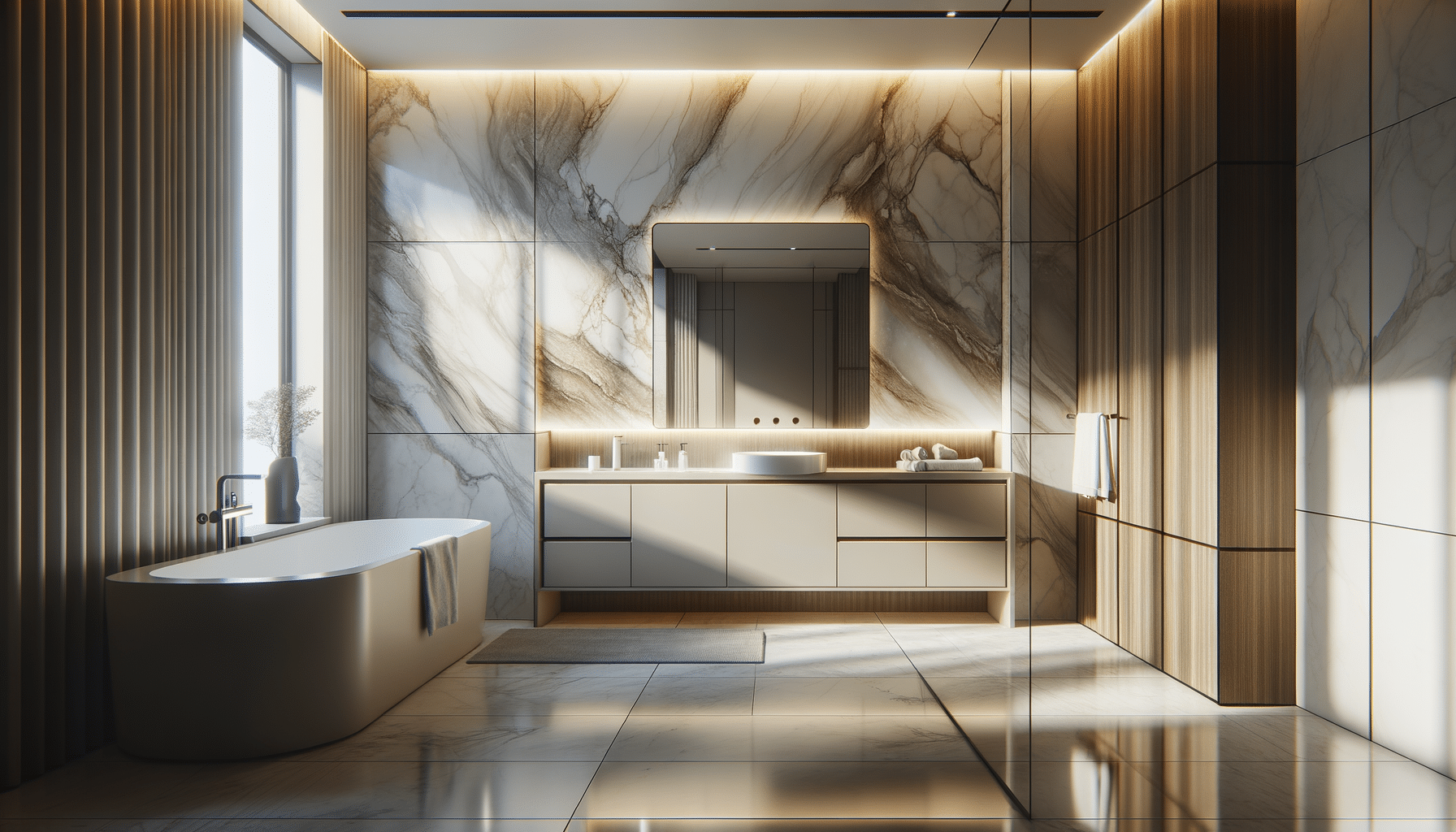
How to Create an Eco-Friendly Home on a Budget
Creating an eco-friendly home doesn’t have to break the bank. With some thoughtful planning and a few strategic changes, you can transform your living space into a sustainable haven, all while staying within your budget.
Embracing sustainability at home is more accessible than you might think. In fact, many experts agree that small, incremental changes can make a significant impact. According to the Environmental Protection Agency, households account for nearly 20% of U.S. energy consumption, signaling a major opportunity for eco-friendly improvements.
Start with Energy Efficiency
One of the most effective ways to create an eco-friendly home is by improving energy efficiency. Switching to LED light bulbs, for instance, can reduce your electricity bill by up to 75%. Additionally, utilizing smart thermostats helps regulate temperature more efficiently, leading to energy savings.
Expert Insight
According to energy expert Lisa Lin, “Investing in energy-efficient appliances and systems not only reduces your carbon footprint but also leads to long-term financial savings.”
Water Conservation
Water-saving fixtures like low-flow showerheads and faucets are simple installations that can significantly reduce water usage. These fixtures are often available at minimal costs and can lead to substantial water bill savings over time.
Statistics to Consider
Did you know that the average American household wastes about 10,000 gallons of water annually due to leaks? Fixing these leaks is a cost-effective way to conserve water.
Incorporate Sustainable Materials
When redecorating or renovating, opt for sustainable materials such as bamboo flooring or recycled glass countertops. These materials not only reduce environmental impact but also add a unique aesthetic to your home.
Personal Anecdote
After switching to bamboo flooring, one homeowner noticed not only an improvement in the aesthetic appeal of their home but also a reduction in allergens, improving their family’s health.
DIY Projects
Get creative with do-it-yourself projects using repurposed materials. Building furniture from reclaimed wood or creating art from recycled items can be both fulfilling and environmentally friendly.
Consider joining local workshops or online communities focused on DIY and sustainable living to gather ideas and support.
Comparison Table: Eco-Friendly Features and Costs
| Eco-Friendly Feature | Initial Cost | Long-term Savings |
|---|---|---|
| LED Light Bulbs | $2-$8 per bulb | 75% energy savings |
| Smart Thermostat | $100-$250 | 10-12% heating savings |
| Low-flow Showerhead | $10-$50 | 50% water savings |
| Bamboo Flooring | $5-$8 per sq ft | Durability and allergen reduction |
| Recycled Glass Countertops | $50-$100 per sq ft | Unique aesthetic, eco-friendly |
| DIY Reclaimed Wood Furniture | Varies | Cost-effective and sustainable |
| Rainwater Collection System | $100-$200 | Reduced water bills |
| Composting Bin | $20-$100 | Reduced waste and fertilizer costs |
FAQs
Can I make my home eco-friendly without spending much?
Absolutely! Start with small changes like switching to LED bulbs and fixing water leaks to see immediate benefits.
What is the most cost-effective way to improve energy efficiency?
Installing a smart thermostat and using energy-efficient appliances are both highly effective and cost-efficient methods.
Are sustainable materials expensive?
While some sustainable materials may have higher upfront costs, they often result in savings over time due to their durability and efficiency.
By incorporating these strategies, you can create a sustainable living environment that benefits both the planet and your wallet. Remember, every small change contributes to a larger impact, so start today and watch your home transform into an eco-friendly sanctuary.


